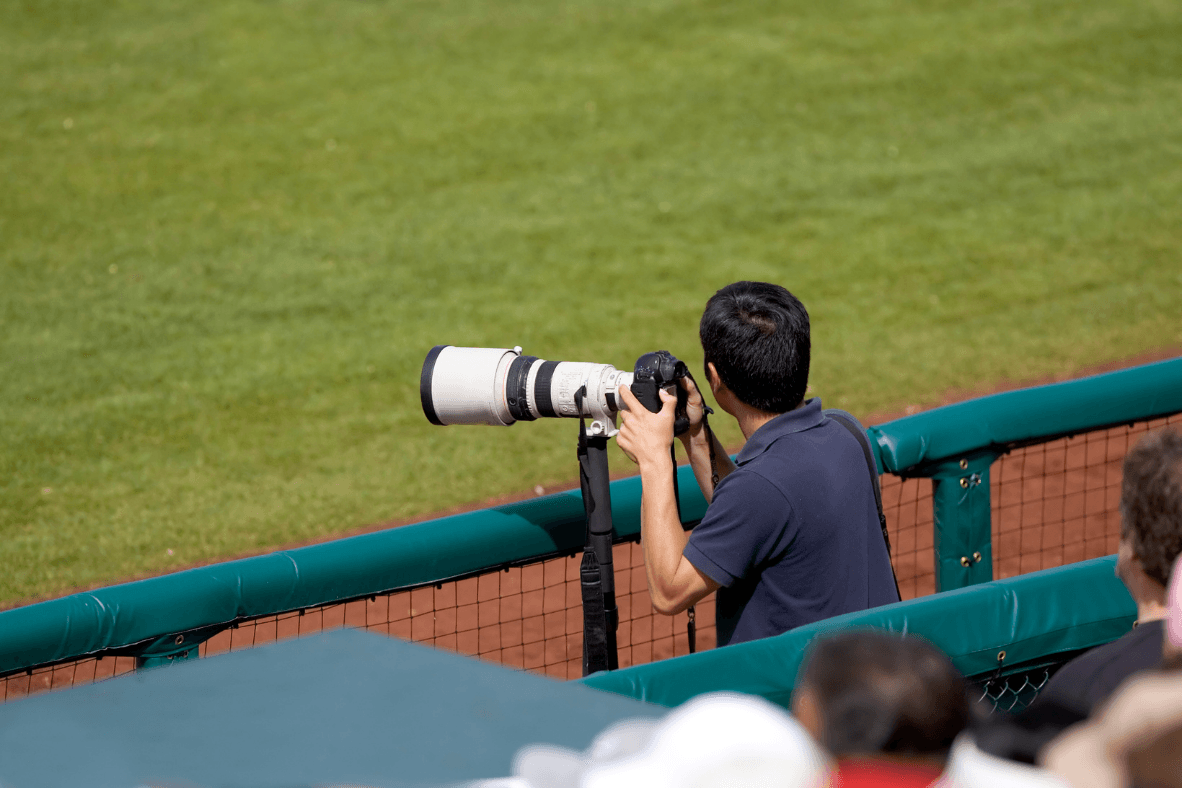Get in touch
Getting the Product to Market
Even Houdini might be impressed. The daily task of getting the news delivered to thousands of readers, in a format each one prefers, at the time of day they want it, and in a manner also useful to sponsors and advertisers, surely is something of a magic trick. In newspeak, the process is called distribution.
In her white paper, veteran Globe and Mail and Vancouver Sun reporter Barbara Yaffe digs deep on successful distribution models for newspapers. And on video and audio, in a one-on-one interview between host Tim Shoults and Glacier Media’s Community News Division president, Peter Kvarnstrom, learn how a news team takes distribution seriously and to the streets – literally.
Section 1 VIDEO
Lecture 1 Getting the Product to Market
Section 2 WHITE PAPER
Lecture 2 Getting the Product to Market
Section 3 TRANSCRIPTION
Lecture 3 Getting the Product to Market
GETTING THE PRODUCT TO MARKET
Even Houdini might be impressed. The daily task of getting the news delivered to thousands of readers, in a format each one prefers, at the time of day they want it, and in a manner also useful to sponsors and advertisers, surely is something of a magic trick.
In newspeak, the process is called “distribution”. And during a quarter-century career in newspapers, this has been one of Peter Kvarnstrom’s major preoccupations. Kvarnstrom is president of Community Media at Glacier Publications and leader of a variety of publishing industry groups.
His advice to newspaper producers: “Focus on distribution. It is the key to the success of your business.”
While the editorial product obviously is at the core of things, “our business really is about the collection and dissemination of essential information, about collecting great stories, engaging advertisers and distributing that to an audience within a geographical area”.
With the advent of digital journalism, Kvarnstrom says, it is more important than ever for newspapers to pay heed to exactly how readers want products delivered, where and when. “And, to make sure we are responsive to our market, as opposed to telling people, ‘it is coming this way and it is the only way we are delivering’ ”.
A large proportion of newspaper revenues still derives from the print side of a newspaper’s operation and so, getting that physical product delivered continues to be top of mind.
The first priority always is to ensure that newspapers are a compelling commodity. Kvarnstrom says publishers should always be striving to craft an improved product, with “better journalism, better design, better layout, better printing quality, better advertising, better distribution channels and better customer service”.
Quality papers that have deep audience engagement clearly have a more promising outlook financially. “Distribution is just making that paper readily available, but the readers have to want and to need your product.”
And newspapers must embrace the complex task of addressing advertisers’ as well as readers’ needs. With appropriate market segmentation and well-conceived distribution methods, publications can reach desired categories of consumer, thereby allowing advertisers to achieve their own objectives.
Kvarnstrom notes that few businesses want to reach absolutely everybody in a given community. They want to reach specific categories of consumers. “Features and magazine supplements allow us to create targeted advertising and marketing strategies for our advertisers and sponsors.”
Accordingly, for those businesses wanting to connect with, say, readers who are anglers — representing a B.C. market worth for $1 billion annually — “we need to think about how we reach those people; ‘how do we connect those advertisers and sponsors and that content with the right audience, at the right time?’”
Perhaps the answer may be to position that fishing guide or product information circular at the appropriate aisle of a town’s Canadian Tire store, or on the counter of the watering hole where local anglers might like to have a beer every Sunday.
He notes, a growing number of readers want to engage with newspaper content online; “So be it, we are working very hard and diligently to create monetization opportunities around that type of distribution.”
And digital distribution is “working very well for us. We are driving tremendous visits to our website by utilizing our newsletter strategy.” That strategy is to regularly email a newsletter to readers that directs them to the newspaper’s website, either on their mobile device or computer.
Some readers prefer the online format when searching for material that has an element of immediacy, such as the results of a baseball game or Donald Trump’s latest Tweet.
But if people are looking for a thoughtful news report on a meeting of city council, they are prepared to wait a day or two for the newspaper to be delivered. “We need to understand the type of content, how our audiences want to engage with us to get that content, and then make sure we meet their expectations in terms of distributing the content in a way that suits them best”.
Another imperative for newspapers is ensuring content “really is unique to us, and that our audiences do not have the opportunity to get that content elsewhere, so they will seek us out.”
When it comes to delivering the print product, Kvarnstrom notes that cost is a big consideration. “One of the biggest cost factors in our newspapers these days is the actual cost of getting the paper from the printing plant out to our carriers and then to thousands and in fact millions of doorsteps every week here in Canada”.
And with distribution being one of greatest cost drivers, it may hold one of the keys to keeping newspapers viable. “It creates some of the biggest opportunities to improve the overall financial performance of our operations.”
Kvarnstrom says a newspaper cannot merely rely on hiring a person with a vehicle to develop a spreadsheet and set up and manage a distribution system. Distribution demands a lot more effort because of its complexity. Those in charge must be hands-on.
As noted above, creating value for advertisers and sponsors requires publishing companies to be efficient in the way products get distributed. That requires a methodology that takes into account the unique attributes of each individual community.
“We need to ask the questions, we need to be in our communities, we need to understand how they work and how the readers want to interact with our news.”
In some instances the best delivery option may be the good old-fashioned paper carrier. The quality of this system generally is very good and costs are predictable.
On Vancouver’s North Shore, where circulation is 430,000, for example, 60 per cent of customers are served by 30 adult carriers. The balance has their paper delivered by either young or senior carriers who really enjoy the activity. “They’re looking after their friends and neighbours.”
Kvarnstrom predicts that door-to-door delivery, with vehicles often involved, could eventually become a thing of the past “It’s logistically difficult, environmentally less sound and the cost is high.” The advertisers’ ability to foot the bill in the current climate, he says, is diminishing.
Another means of delivery is through Canada Post. But postal workers do not deliver on weekends and timeliness can be a problem.
The imperative is to get the paper into a customer’s hands so that it serves their lifestyle, and safeguards the advertisers’ marketing objectives. There is not much point in having a newspaper reach a consumer on a Monday when sales advertised in the publication were scheduled for the weekend prior.
In some areas, such as B.C.’s Sunshine Coast, Glacier Media has taken into its own hands responsibility for newspaper delivery, accomplishing what Canada Post once did at least as efficiently but at much lower cost.
“We bought distribution boxes and we co-located them alongside with the Canada Post super boxes,” explains Kvarnstrom. “We’ve tapped into a habit people have of checking their mail at the super box and at the same time grabbing the newspaper.”
And, with people reaching out to take a newspaper from the box, rather than having it pushed through their mail slot, the company was able to increase its environmentally sensitivity, no longer printing more copies of the paper than were actually desired.
In a variation of this particular method, Glacier Media opted to distribute newspapers in rural Saskatchewan by way of help-yourself boxes, located at convenient retail outlets around local towns, replacing a system in which Canada Post carried out the delivery.
Again, those who wanted a newspaper were prepared to seek out a newspaper box and take one for themselves. They did so when it was convenient so that, if they were on their way to a shopping excursion in Yorkton, they would pick up the paper and its accompanying flyers at a gas station or grocery store on route.
Closer scrutiny had revealed that the post office was been delivering the paper until after the weekend sales expired. So, when the papers eventually arrived at the super boxes, wastefully, they were just being left there.
All this was discovered by Kvarnstrom as a result of his personally driving around the delivery territory with the area rep and asking people all manner of questions along the way.
The new distribution technique enabled the company to reduce its print run from 24,000 to the 19,000 papers, all of which were being picked up and read. Delivery costs were reduced and “our advertisers loved it”.
Kvarnstrom emphasizes that, whatever the distribution system, it should be adjusted regularly to ensure its relevance since people and their habits change constantly.
To Recap:
• Any distribution system must be based on having a newspaper that is of sufficient appeal that people want or need to read it;
• Distributing a print product is a big-ticket task so finding potential savings in this area can benefit the entire operation;
• Determining the most appropriate means of distribution serves not only the readers but, importantly, advertisers and sponsors who rely on the newspaper to get its distribution right. Additionally, the right distribution method can allow a newspaper to print only the number of papers actually desired by a community;
• One-size-fits-all does not work in most communities which are best served by delivery systems that are responsive to their particular needs, desires and habits.


Modules
Do you work in NewsMedia?
Contact us for more information.
Request Access - Form
Thank you for requesting access to NewsMediaPlaybook.com.
We will review your submission and back to you as soon as possible.
Oops, there was an error with your request.
Please try again later.
All Rights Reserved | BCYCNA








